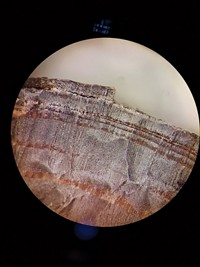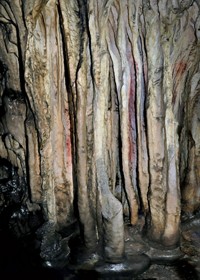Advertisement
Grab your lab coat. Let's get started
Welcome!
Welcome!
Create an account below to get 6 C&EN articles per month, receive newsletters and more - all free.
It seems this is your first time logging in online. Please enter the following information to continue.
As an ACS member you automatically get access to this site. All we need is few more details to create your reading experience.
Not you? Sign in with a different account.
Not you? Sign in with a different account.
ERROR 1
ERROR 1
ERROR 2
ERROR 2
ERROR 2
ERROR 2
ERROR 2
Password and Confirm password must match.
If you have an ACS member number, please enter it here so we can link this account to your membership. (optional)
ERROR 2
ACS values your privacy. By submitting your information, you are gaining access to C&EN and subscribing to our weekly newsletter. We use the information you provide to make your reading experience better, and we will never sell your data to third party members.
Analytical Chemistry
Dating Pharaohs
Conservation Science: Radiocarbon chronology of ancient Egypt is best to date
by Sarah Everts
June 21, 2010
| A version of this story appeared in
Volume 88, Issue 25
University of Oxford researchers have come up with the most comprehensive chronology thus far of Egypt’s dynasty of pharaohs by radiocarbon-dating some 211 artifacts (Science 2010, 328, 1554). Until now, when Egyptologists have talked about when different pharaohs reigned, the dates they discussed were primarily determined using historical documents. The results of the project, led by Christopher Bronk Ramsey, director of a radiocarbon-dating facility at Oxford’s Research Laboratory for Archaeology & the History of Art, correlate well with historically derived dates—with a few exceptions. For example, new radiocarbon dating puts the start of the New Kingdom—ancient Egypt’s golden age—between 1570 and 1544 B.C., several decades earlier than historical estimates. The revised chronology will also enable experts to compare and contrast the timing of important events in other ancient societies such as those in Mesopotamia, Sudan, and Central Asia. Ramsey’s team sampled baskets, plant-based textiles, seeds, and other plant remains from museum collections around the world that were clearly associated with the reign of a particular pharaoh and used statistical methods and calibrated samples to ensure that the dating was accurate.







Join the conversation
Contact the reporter
Submit a Letter to the Editor for publication
Engage with us on Twitter